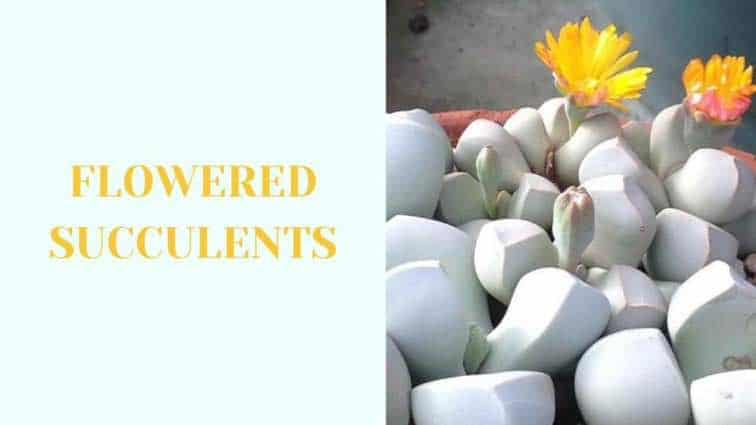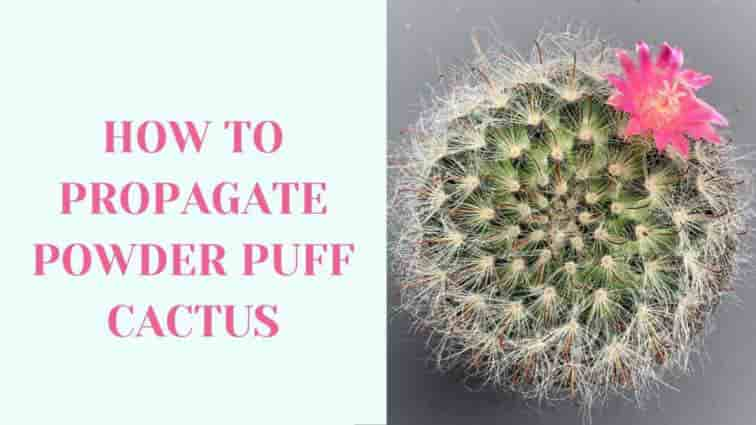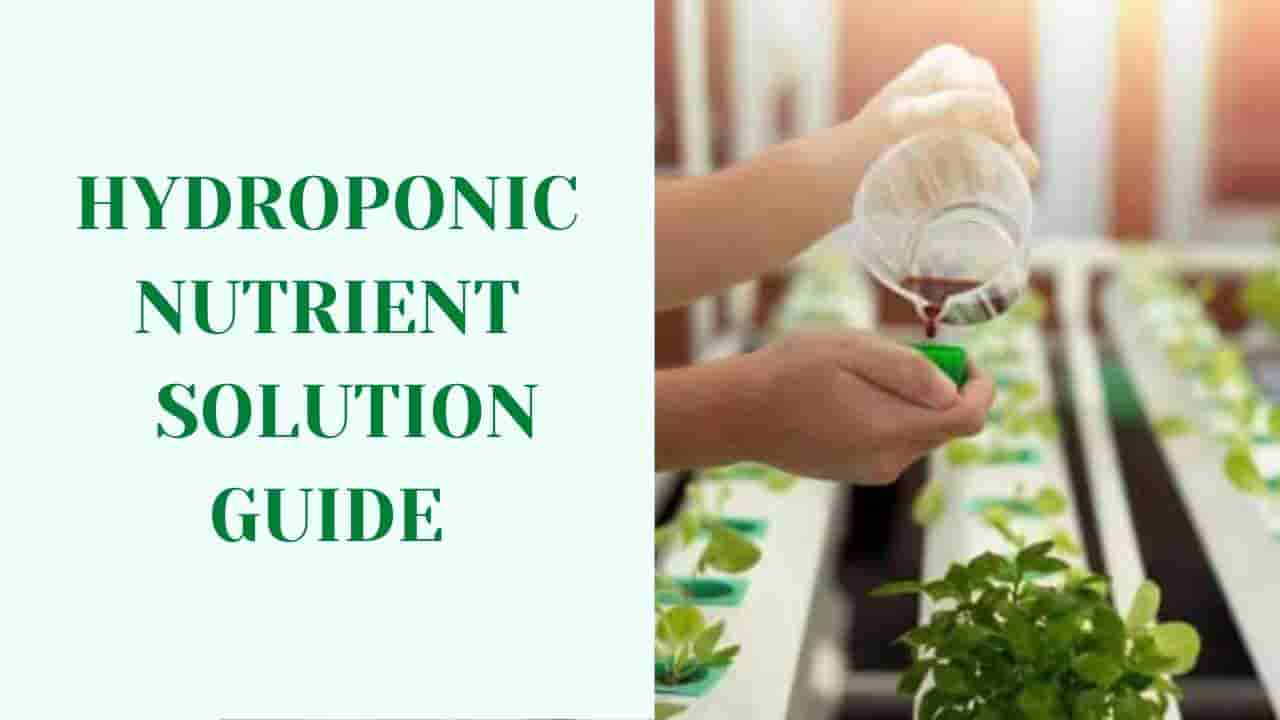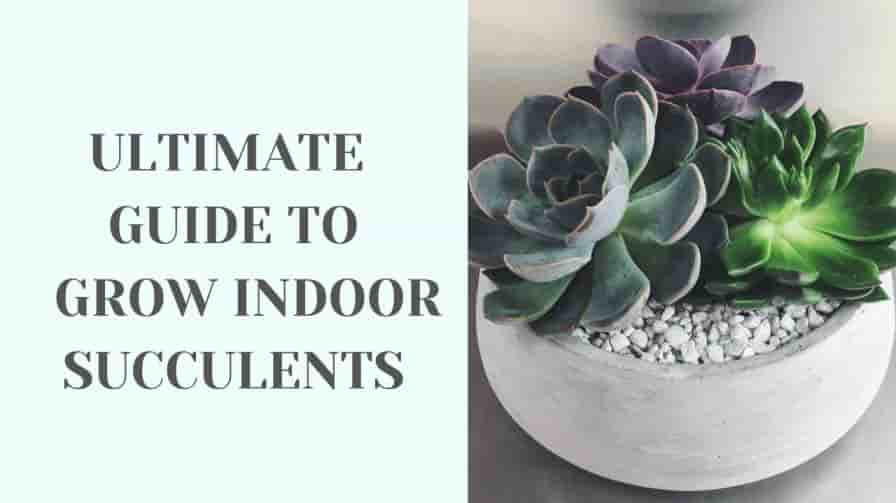Succulents are known for their low-maintenance requirements and ability to thrive in harsh conditions, but even they can suffer during extended periods of extreme heat.
However, with the right care and attention, it is possible to help your succulent plants survive and even thrive in hot weather. In this article, we’ll share some practical tips and techniques to help you keep your succulents healthy and happy during heatwaves.
From adjusting your watering schedule to providing shade and protection, you’ll learn how to ensure your succulents can withstand the heat and continue to grace your home or garden with their beauty.
So, whether you’re a seasoned gardener or new to the world of succulents, read on to discover the secrets to keeping these amazing plants alive during a heatwave.
Understand your Succulent’s Needs
Understanding your succulent’s origin is key to taking proper care of it during a heatwave. Succulents are adapted to survive in arid environments with intense heat and low water availability.
As a result, different types of succulents have adapted to different climates and conditions, and their care requirements can vary significantly.
For instance, succulents native to areas with high humidity levels require more frequent watering than those from arid regions. Succulents native to regions with cooler temperatures and milder sunlight may be more susceptible to sunburn and heat stress during a heatwave.
By researching your succulent’s origin and natural habitat, you can adjust your care routine accordingly and ensure your plant is getting the proper level of care.
In addition to watering, factors such as temperature, light, and soil conditions also vary depending on the succulent’s origin. Some succulents prefer a sandy, well-draining soil mix, while others require more organic matter in their soil.
Understanding your succulent’s native environment will help you create an ideal growing environment that meets its unique needs and promotes healthy growth, even during a heatwave.
By providing the right conditions, you can help your succulent thrive and enjoy its unique beauty for years to come.
What Temperature Is Too Hot For Succulents?
The upper temperature limit for succulent plants varies among different species, but as a general rule of thumb, potted succulents should be protected from direct sunlight once the temperatures exceed 35°C (or 95°F).
Although garden succulents have a slightly higher threshold of about 40°C (or 104°F), certain species may still be susceptible to damage when exposed to the sun even at lower temperatures. Succulents that are grown in the shade can tolerate temperatures of up to 60°C (or 140°F).
While plants that are grown in the ground are typically more resilient than those grown in pots, certain delicate succulent species or shade-loving plants that are exposed to direct sunlight may perish at temperatures lower than those mentioned above.
Therefore, it is important to closely monitor the temperature and sunlight exposure of your succulent plants and provide adequate protection to prevent damage.
By providing shade, proper watering, and other cooling techniques, you can help your succulents withstand even the hottest of temperatures and thrive in any climate.
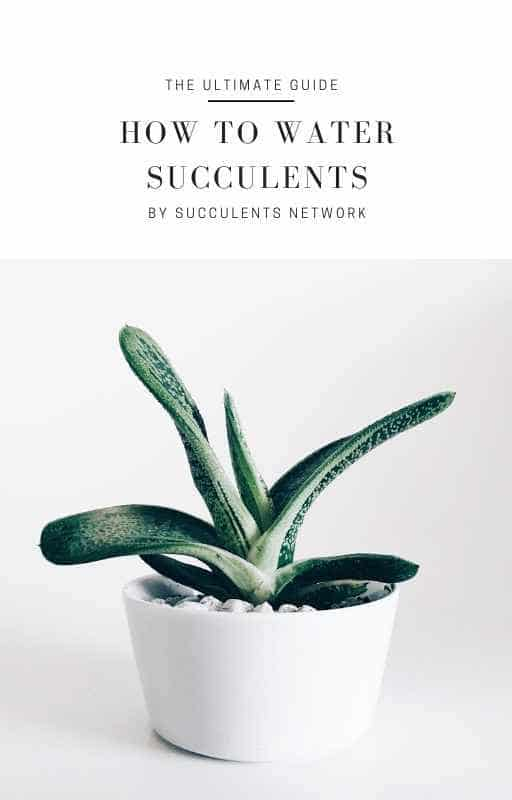
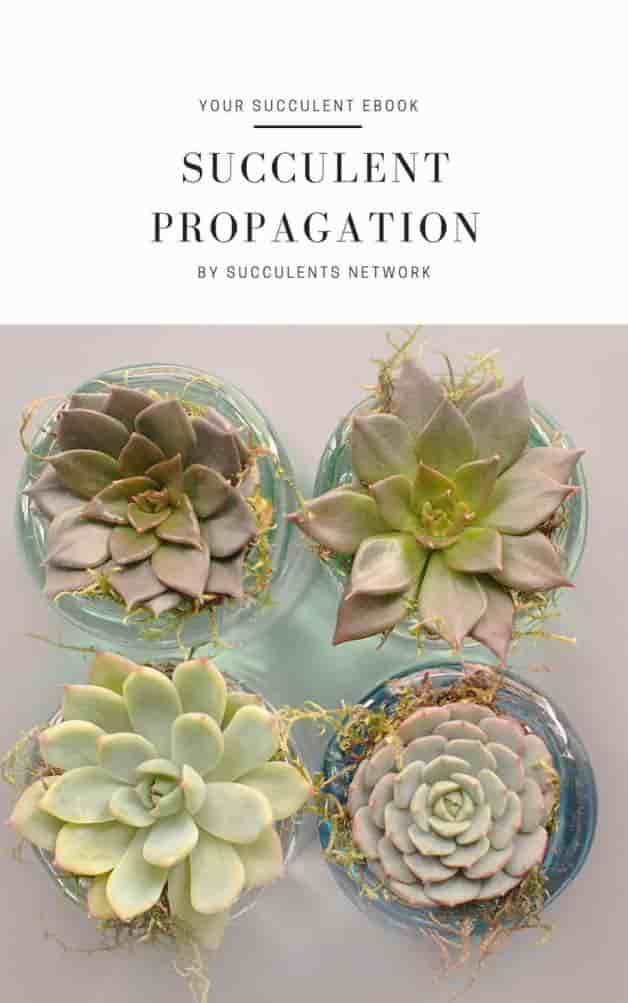
Understanding Your Succulents Watering Needs During A Heatwave
Succulents are known for their ability to store water in their leaves, stems, and roots. This allows them to survive in harsh, arid environments where water is scarce.
However, even succulents have different watering needs depending on their species, size, and environment. Understanding these needs is essential to keep succulents alive during a heatwave.
During a heatwave, succulents may require more frequent watering to prevent dehydration. However, overwatering can also be harmful to succulents, as it can cause root rot and other problems.
Therefore, it’s important to understand the specific watering needs of your succulent and adjust your watering schedule accordingly.
For instance, succulents with thicker, fleshy leaves may require less frequent watering than those with thinner, more delicate leaves.
Similarly, larger succulents may require more water than smaller ones to support their growth and development.
Additionally, succulents grown in containers or pots may have different watering needs than those grown in the ground, as they may dry out more quickly.
To properly water your succulent during a heatwave, it’s important to water deeply and infrequently. This means watering your succulent until the soil is completely saturated, then allowing it to dry out before watering again.
This helps ensure that the roots of your succulent are getting the water they need to survive, without causing waterlogged soil or root rot.
Additionally, using a self-watering container can help regulate moisture levels and prevent overwatering.
In conclusion, understanding succulents’ watering needs during a heatwave is crucial for keeping them alive and healthy.
By adjusting your watering schedule based on your succulent’s species, size, and environment, you can help ensure it gets the water it needs to survive without causing root rot or other problems.
Additionally, using proper watering techniques such as watering deeply and infrequently, and using self-watering containers, can help your succulent thrive during even the hottest weather.
Identifying Signs of Stress For Your Succulents
Identifying signs of stress in your succulent plants is crucial to ensure their survival during a heatwave.
Succulents are hardy plants that are able to tolerate drought and heat, but they still require proper care to remain healthy. Here are some common signs of stress to look out for:
1) Drooping or Shrinking Leaves: If your succulent’s leaves are drooping or shrinking, it may be a sign that it’s not getting enough water.
This is especially true during a heatwave when the plant may require more frequent watering. It’s important to water your succulent deeply and infrequently to ensure that the roots are getting enough water to sustain the plant.
2) Yellowing or Browning Leaves: Yellowing or browning leaves can be a sign of several problems, including overwatering, underwatering, or exposure to direct sunlight.
During a heatwave, succulents may be more susceptible to sunburn, which can cause leaves to turn yellow or brown. If this is the case, it’s important to provide adequate shade or move your succulent to a more shaded area.
3) Stunted Growth: If your succulent is not growing as it should, it may be a sign of stress. Stunted growth can be caused by a lack of water or nutrients, or by exposure to extreme temperatures.
During a heatwave, it’s important to fertilize your succulent with a balanced fertilizer and provide adequate shade to prevent damage from the sun.
4) Soft or Mushy Leaves: Soft or mushy leaves are a sign of overwatering or root rot. During a heatwave, succulents may be more susceptible to root rot due to increased moisture levels in the soil.
It’s important to avoid overwatering your succulent and to ensure that the soil is well-draining to prevent root rot.
Identifying signs of stress in your succulent plants is essential to ensure their survival during a heatwave.
By monitoring your plant for signs of drooping or shrinking leaves, yellowing or browning leaves, stunted growth, and soft or mushy leaves, you can take the necessary steps to prevent damage and ensure that your succulent remains healthy and vibrant.
By providing proper care and attention, your succulent can thrive even in the hottest weather.
Cooling Techniques
During a heatwave, succulents can become stressed due to the extreme temperatures and lack of moisture in the air.
To keep your succulents healthy and thriving, it’s important to implement cooling techniques that can help regulate the temperature and humidity levels around your plants.
Here are some effective cooling techniques for succulents during a heatwave:
1) Shade Cloth: Shade cloth is a lightweight, breathable fabric that can be draped over your succulent to provide shade and reduce the intensity of the sun’s rays.
This can help regulate the temperature and prevent your succulent from becoming sunburned.
Shade cloth is available in various densities, so it’s important to choose a cloth with the appropriate density for your succulent’s needs.
2) Misting: Misting your succulent with water can help cool it down and increase humidity levels around the plant.
This can be especially effective during a heatwave, as succulents may become dehydrated due to the lack of moisture in the air.
However, it’s important to avoid misting your succulent during the hottest part of the day, as this can cause sunburn or heat stress.
3) Evaporative Cooling: Evaporative cooling is a technique that involves placing a container of water near your succulent.
As the water evaporates, it cools the air around the plant and increases humidity levels.
This can be an effective way to cool down your succulent during a heatwave, especially if you live in a dry climate.
4) Air Conditioning: If you have an indoor succulent, air conditioning can be an effective way to regulate the temperature and humidity levels around your plant.
Air conditioning can help cool down the air and increase humidity levels, which can help your succulent thrive even during the hottest weather.
However, it’s important to ensure that your succulent is not directly in the path of the air conditioning unit, as this can cause cold stress.
It can prove vital to implementing cooling techniques for your succulents during a heatwave is crucial to ensure their survival and maintain their health.
By providing shade cloth, misting, evaporative cooling, or air conditioning, you can help regulate the temperature and humidity levels around your plants and prevent damage from the extreme heat.
It’s important to monitor your succulent for signs of stress and adjust your cooling techniques accordingly to ensure that your plant remains healthy and vibrant.

